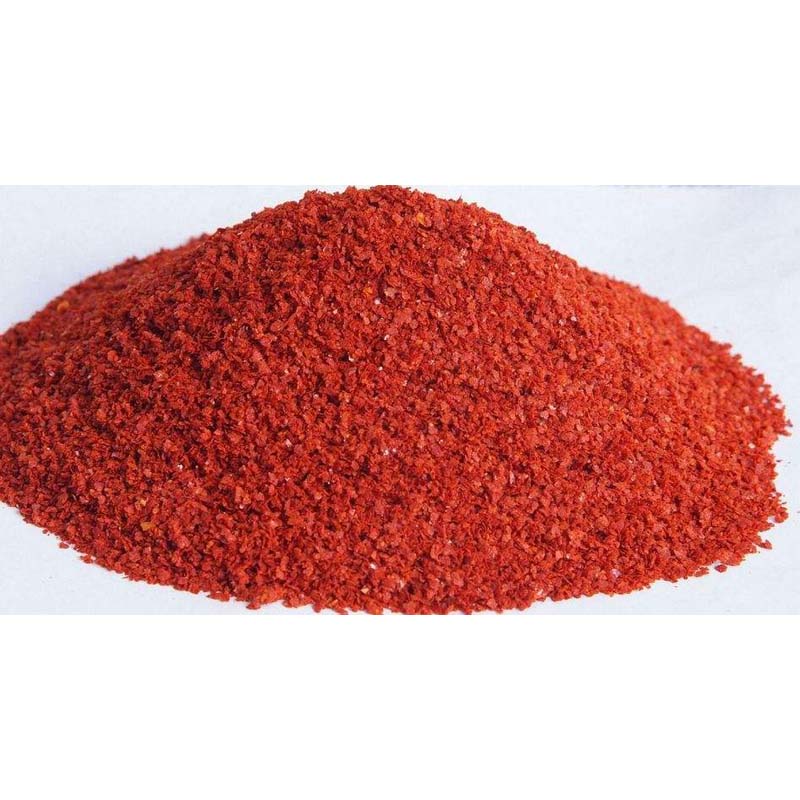- No. 268 Xianghe Street, Economic Development Zone of Xingtai city, Hebei 054001 China
- Byron@hbhongri.cn
Exploring the Flavor and Uses of Powdered Paprika in Culinary Dishes
The Versatility of Powdered Paprika A Spice for Every Dish
Paprika, a vibrant and aromatic spice derived from ground capsicum peppers, has a rich history and a significant place in culinary practices around the world. Among its various forms, powdered paprika stands out for its versatility and the myriad of flavors it can bring to a dish. This article delves into the nuances of powdered paprika, its types, uses, and health benefits, showcasing why it deserves a spot in every kitchen.
Types of Paprika
There are several varieties of powdered paprika, each offering a unique flavor profile and heat level
. The most common types include1. Sweet Paprika This is the most widely used form of paprika. Sweet paprika adds a rich, mildly sweet flavor and is often characterized by its bright red color. It finds its place in a variety of dishes, from deviled eggs to goulash, enhancing color and taste without adding heat.
2. Smoked Paprika Often referred to as pimentón in Spain, smoked paprika is made from peppers that have been dried over an oak fire. This process imparts a distinct smoky flavor, making it a popular choice for grilling recipes, barbecue sauces, and even sophisticated dishes like paella.
3. Hot Paprika For those who enjoy a kick, hot paprika adds more heat to the mix while maintaining the fruity and earthy notes inherent in the pepper. It’s commonly used in spicy dishes such as stews and sausages, providing a balance of flavor and heat.
4. Hungarian Paprika This variety is celebrated for its depth and complexity. It can be found in different heat levels, ranging from sweet to hot, and is a staple in traditional Hungarian cuisine, particularly in dishes like goulash and lecsó.
5. Italian Paprika While less common, Italian paprika often features a combination of sweet and hot peppers, lending a well-rounded flavor to pasta sauces, meats, and vegetable dishes.
Culinary Uses
powder paprika

Powdered paprika is incredibly versatile and can be used in countless ways. Here are a few ideas to inspire your culinary adventures
- Seasoning At its core, paprika serves as an excellent seasoning for meats, poultry, and fish. Whether you rub it on chicken thighs before grilling or mix it into a spice blend for beef, its flavor enhances the natural taste of the protein.
- Garnishing With its vibrant red color, sweet paprika is an ideal garnish for dishes like soups, salads, potato salads, and deviled eggs. A sprinkle of paprika not only adds visual appeal but also elevates the overall flavor.
- Cooking Base Paprika can be sautéed with onions and garlic as a foundational flavor for many dishes. This technique builds a robust flavor profile in stews, soups, and sauces.
- Dips and Spreads Incorporating paprika into dips like hummus or bean spreads adds an exciting flavor twist. Its smokiness complements the creamy texture, making it a delightful addition to your appetizer spread.
- Marinades Including paprika in a marinade for meats or vegetables contributes depth and richness, providing an umami kick that enhances grilling outcomes.
Health Benefits
Beyond its culinary applications, powdered paprika is packed with health benefits. It contains various vitamins, particularly vitamins A, C, and E, which are crucial for maintaining good health. Additionally, paprika is rich in antioxidants, fighting free radicals in the body. Its anti-inflammatory properties can contribute to overall wellness and is believed to aid in digestive health.
Conclusion
Incorporating powdered paprika into your culinary repertoire can elevate dishes in terms of flavor, texture, and visual appeal. Whether you choose sweet, smoked, or hot varieties, this spice is defined by its versatility and transformative quality. So next time you find yourself in the kitchen, consider reaching for that container of powdered paprika—it’s more than just a spice; it’s a gateway to a world of flavor.
-
Turmeric Rhizome Powder: A Golden Treasure from Roots to TableNewsJul.28,2025
-
The Versatile Application Of Crushed Red Hot Peppers: Lighting Up The Red Flames On The Dining TableNewsJul.28,2025
-
The Paprika: A Touch Of Vibrant Red In Color, Flavor, And CultureNewsJul.28,2025
-
Ground Turmeric: A Modern Examination of an Ancient SpiceNewsJul.28,2025
-
Capsicum Liquid Extract: Features, Applications, and ChallengesNewsJul.28,2025
-
Application of Capsicum Liquid Extract in FoodNewsJul.28,2025







